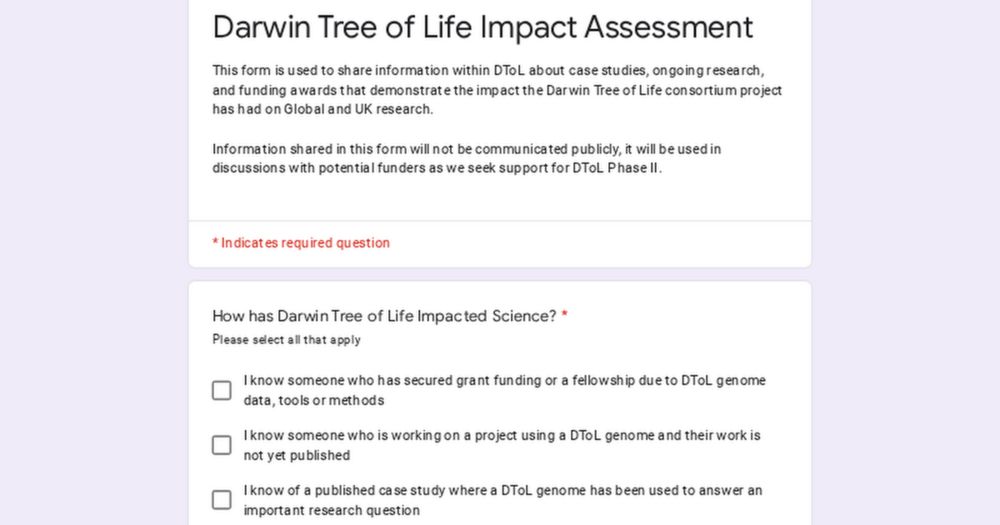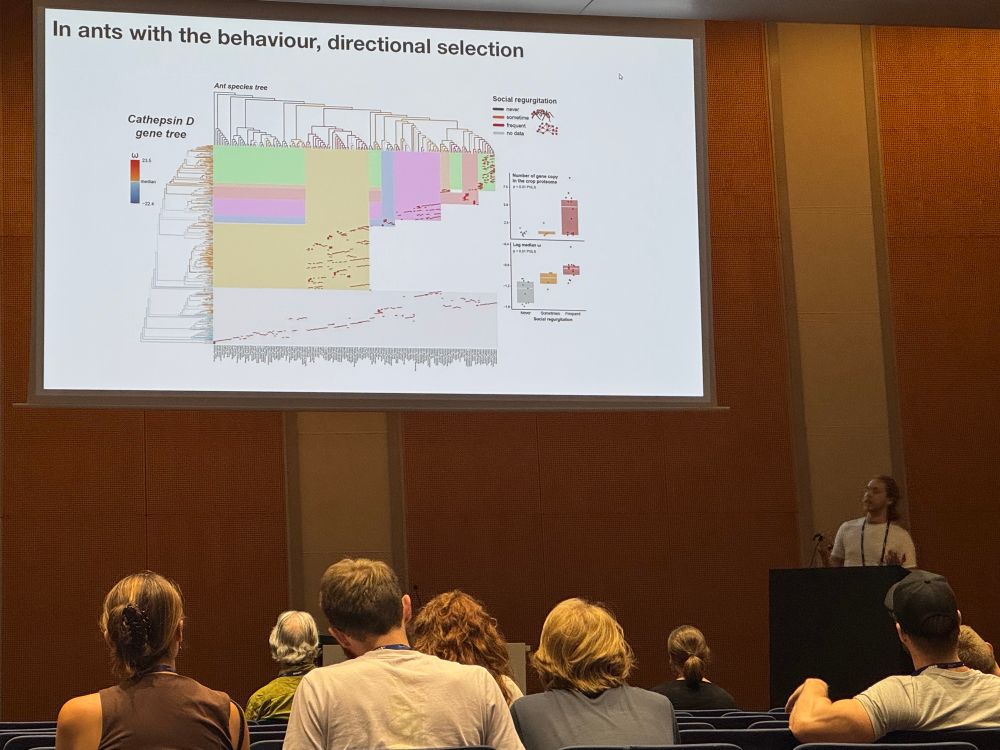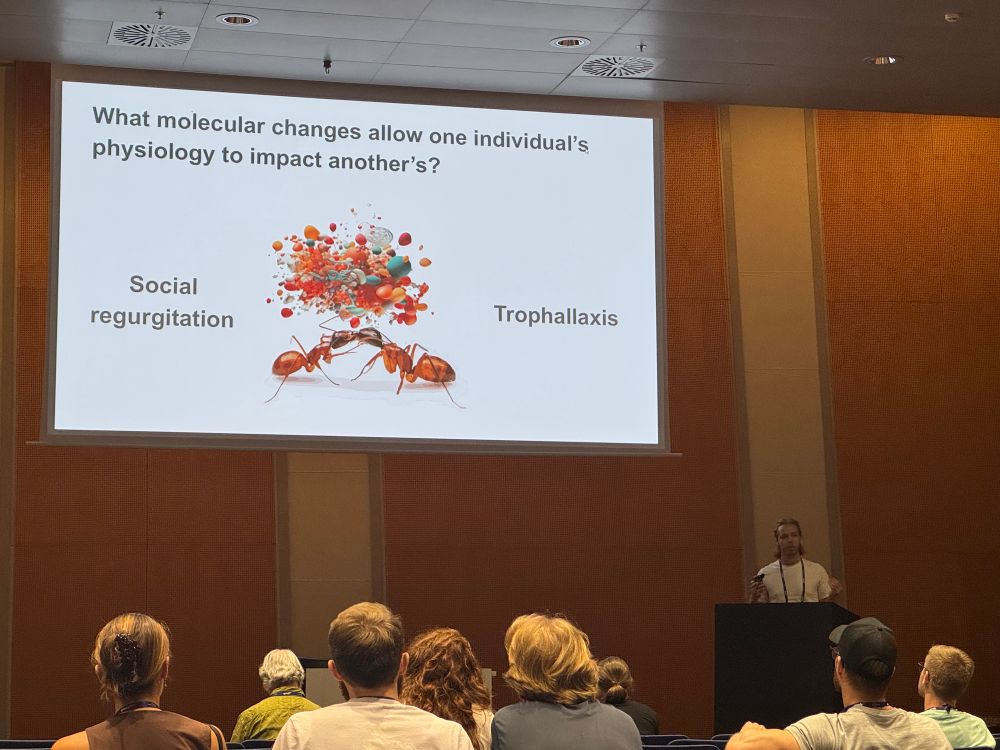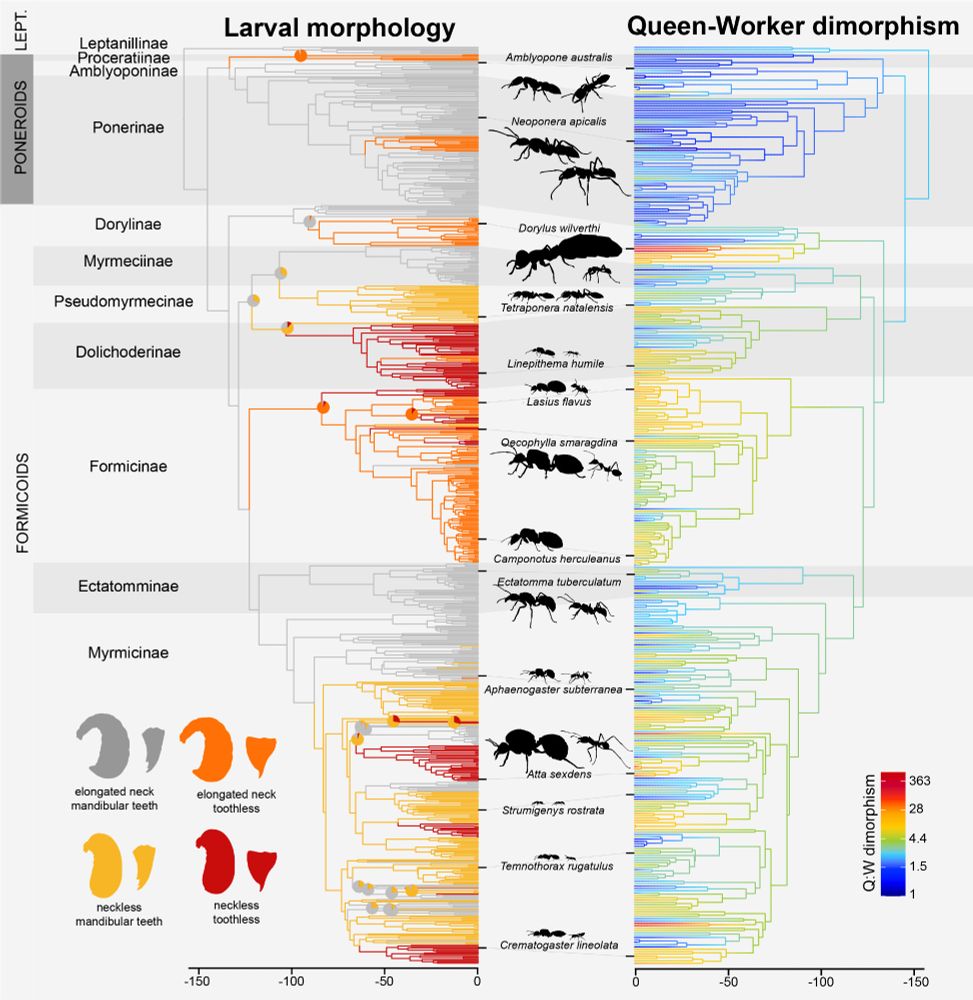Arthur Matte
@arthurmatte.bsky.social
150 followers
68 following
10 posts
PhD student at University of Cambridge | gene and species macroevolution
Interested in the stories evolution tells us
Posts
Media
Videos
Starter Packs
Reposted by Arthur Matte
Reposted by Arthur Matte
Reposted by Arthur Matte
Joana Meier
@joanameier.bsky.social
· Feb 24

Darwin Tree of Life Impact Assessment
This form is used to share information within DToL about case studies, ongoing research, and funding awards that demonstrate the impact the Darwin Tree of Life consortium project has had on Global and...
docs.google.com
Reposted by Arthur Matte
Reposted by Arthur Matte
Adria LeBoeuf
@adriatica.bsky.social
· Feb 27
How ants rule their unruly young to build complex societies | Department of Zoology
Picture credit: François Brassard Ants are among the most successful creatures on Earth, thriving in ecosystems worldwide. But what drives their extraordinary social complexity and division of labour?
www.zoo.cam.ac.uk
Arthur Matte
@arthurmatte.bsky.social
· Feb 26
Arthur Matte
@arthurmatte.bsky.social
· Feb 26
Arthur Matte
@arthurmatte.bsky.social
· Feb 26











